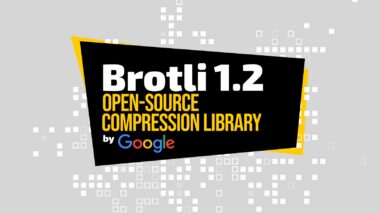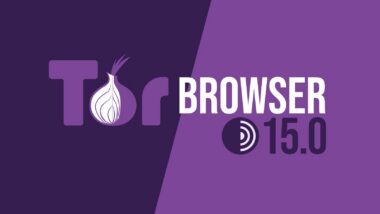Exim 4.99 MTA Drops OpenSSL 0.9 and TCP-Wrappers







The popular penetration-testing distribution Kali Linux has dropped its latest quarterly snapshot: version 2025.3. This release continues the tradition of the rolling-release model used by the project, offering users and security professionals a refreshed toolkit, broader hardware support (especially wireless), and infrastructure enhancements under the hood. With this update, the distribution aims to streamline lab setups, bolster wireless hacking capabilities (particularly on Raspberry Pi devices), and integrate modern workflows including automated VMs and LLM-based tooling.
In this article, we’ll walk through the key highlights of Kali Linux 2025.3, how the changes affect users (both old and new), the upgrade path, and what to keep in mind for real-world deployment.
This snapshot from the Kali team brings several categories of improvements: tooling, wireless/hardware support, architecture changes, virtualization/image workflows, UI and plugin tweaks. Below is a breakdown of the major updates.
Tooling Additions: Ten Fresh PackagesOne of the headline items is the addition of ten new security tools to the Kali repositories. These tools reflect shifts in the field, toward AI-augmented recon, advanced wireless simulation and pivoting, and updated attack surface coverage. Among the additions are:
Caido and Caido-cli – a client-server web-security auditing toolkit (graphical client + backend).
Detect It Easy (DiE) – a utility for identifying file types, a useful tool in reverse engineering workflows.
Gemini CLI – an open-source AI agent that integrates Google’s Gemini (or similar LLM) capabilities into the terminal environment.
krbrelayx – a toolkit focused on Kerberos relaying/unconstrained delegation attacks.
ligolo-mp – a multiplayer pivoting solution for network-lateral movement.
llm-tools-nmap – allows large-language-model workflows to drive Nmap scans (automated/discovery).
mcp-kali-server – configuration tooling to connect an AI agent to Kali infrastructure.
patchleaks – a tool that detects security-fix patches and provides detailed descriptions (useful both for defenders and auditors).
vwifi-dkms – enables creation of “dummy” Wi-Fi networks (virtual wireless interfaces) for advanced wireless testing and hacking exercises.